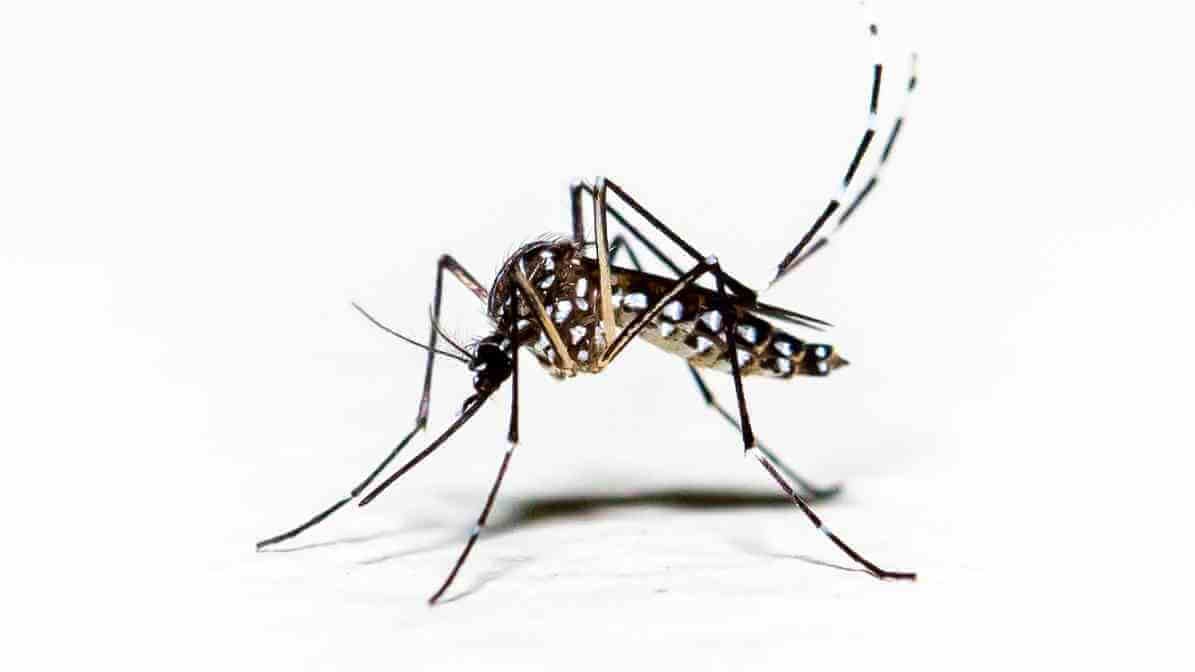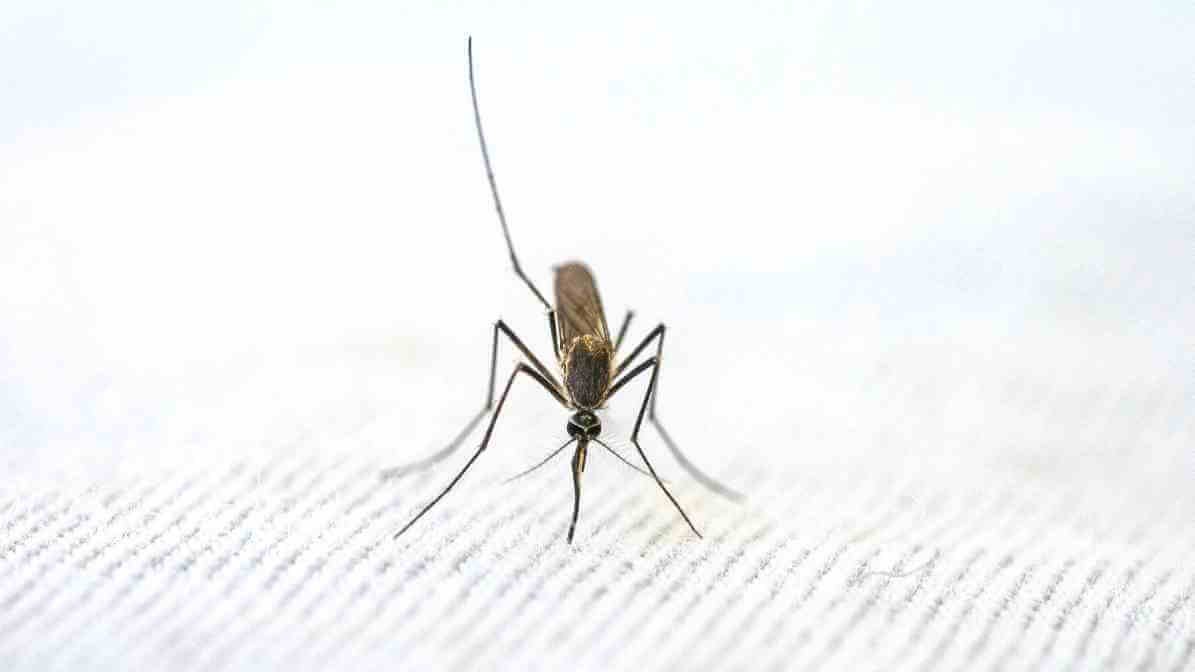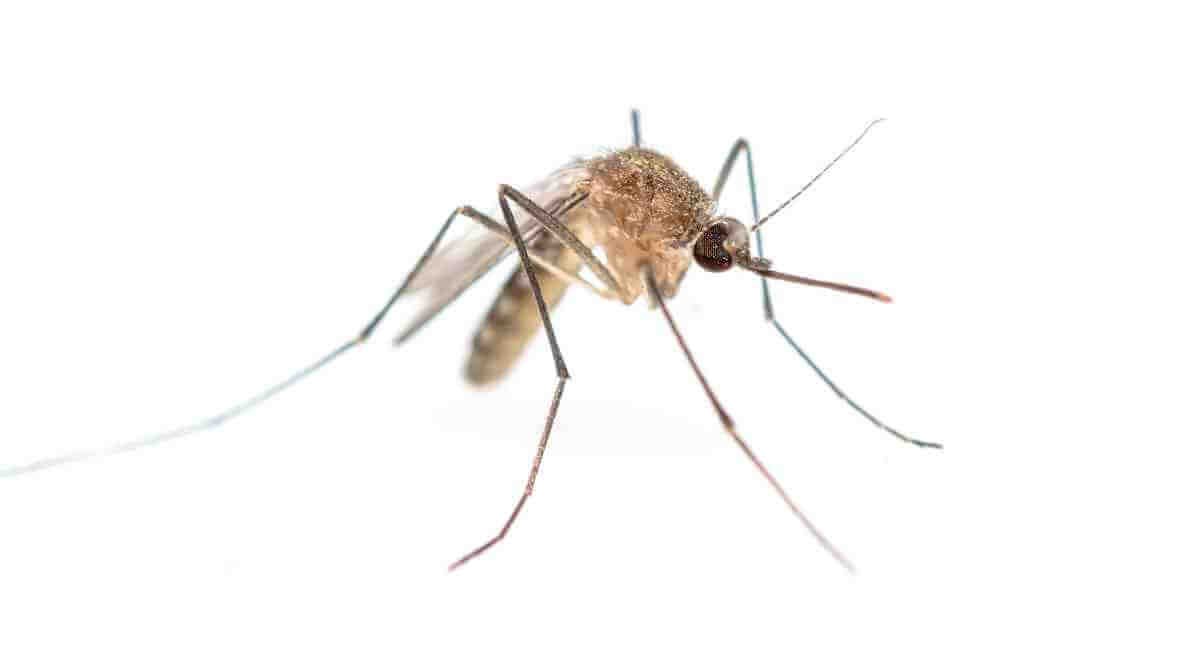Get in Touch With Us
Eliminating mosquito, remember that every small action contributes to a larger change. Together, we can help protect ourselves and our communities from the health threats posed by them.
Understanding and Preventing these Pesky Pests
Guide to Mosquito in Malaysia
They belong to the family Culicidae and are small flying insects that thrive sucking blood in warm, humid environments. Comprising over 3,500 species globally, they are most prevalent in tropical and subtropical regions, including Malaysia. They play various roles in the ecosystem, such as serving as food for birds, bats, and other predators. Their primary significance to humans lies in their ability transmitting diseases, making them important targets for public health initiatives.
They play a significant role in the ecosystem, but they are perhaps best known for their impact on public health. In Malaysia, where the tropical climate provides an ideal breeding ground, mosquitoes are more than just a nuisance. They are vectors for several dangerous diseases. Understanding the types of mosquitoes in Malaysia and their behaviours helps reduce population and risks pose to human health.
URGENT RESPONSE
The Lifecycle, Dietary & Habitat
Mosquito Life Cycle
Mosquitoes, while vital to the ecosystem, they pose significant health risks in Malaysia. Because of their role as vectors for various diseases. From the common Aedes and Anopheles mosquitoes to the less-discussed Culex species. Understanding their behaviour, life cycle, and the diseases they carry is crucial for effective prevention.
Understanding the life cycle of these various species of mosquitoes is essential for effective control measures. The life cycle comprises four stages:
Egg
Female mosquitoes need water to breed and lay their eggs on or near water surfaces, which can hatch in as little as 24 hours.
Larva
Once the mosquito breed and the eggs hatches, larvae emerge and live in water, feeding on organic matter.
Pupa
Still living in the water, the larvae then transform into pupae, a resting stage that lasts a few days.
Adult
Finally, the adult mosquito emerge from the pupae and are ready to mate and find sources of blood.
Breeding Preferences and Food Sources Habits
Mosquito Behaviour and Feeding
They require standing water for breeding, making it crucial to eliminate potential breeding sites. Common sources of standing water include abandoned containers, clogged gutters, and even small puddles. Females are the primary offenders for mosquito bites, as they require a blood meal for egg development. Understanding these feeding habits helps in developing targeted prevention strategies.
Here’s how they locate their hosts:
- Carbon Dioxide Detection
Female can detect carbon dioxide exhaled by humans and animals from a significant distance.
- Body Heat and Sweat
Body heat and certain body odours also attract them, making some individuals more susceptible to bites.
Mosquito Transmit Diseases Through Bite
Mosquito Borne Diseases
Understanding these diseases highlights the importance of effective mosquito control measures. The health risks from these diseases, along with Malaysia’s warm climate, make it important to stay alert. In Malaysia, they are vectors for several serious diseases:
Dengue Fever
Yellow fever and dengue is transmit primarily by Aedes. And is characterise by high fever, severe headaches, and joint pain. Outbreaks are common during the rainy season.
Malaria
Anopheles transmit malaria, which can cause severe illness or even death if untreated. Symptoms include fever, chills, and flu-like illness.
Chikungunya
This viral disease, also spread by Aedes, results in debilitating joint pain and fever. Although not life-threatening, it can significantly affect quality of life.
Zika Virus
Zika virus, also transmitted by Aedes, can cause mild symptoms such as fever and rash. However, it poses significant risks during pregnancy, potentially leading to birth defects.
West Nile Virus
Culex are the main vectors for the West Nile virus. Which can result in severe neurological disease in some individuals, particularly the elderly.
Contact Professional Help for Mosquito Control Services
Preventive Measures
Preventive measures are critical in reducing their populations and minimising the risk of transmission of mosquito-borne diseases. Here’s how individuals and communities can contribute:
Mosquito Repellents
Apply insect repellents containing DEET, picaridin, or oil of lemon eucalyptus on exposed skin, especially when spending time outdoors.
Wear long-sleeved shirts and long pants to minimise skin exposure, especially during peak of their activity hours.
Eliminate Breeding Grounds
Regular Inspection, frequently check the properties for standing water. Remove or empty containers that can hold water, such as pots, buckets, and discarded tires.
Cleaning of gutters, ensuring the flow is smooth undisrupted by dry leaves and debris. Avoid water from accumulating for them to breed.
Managing standing water by using larvicides especially in larger bodies of stagnant water where mosquito larvae might proliferate.
Environmental Management
Engage in community clean-up events focusing on eliminating areas that may serve as breeding grounds.
Encourage the presence of natural predators such as birds and bats in gardens and communities to help control populations.
Vaccination and Awareness
Be aware of outbreaks in your area and remain inform about the latest public health initiatives. Daily updates for dengue announcement will help you take the necessary preventative measures.
For diseases like dengue, research is ongoing into vaccines. so it’s beneficial to stay updated on availability and recommendations.
Common Mosquito Species in Malaysia
Mosquito Species in Malaysia
Malaysia is home to several types of these flying insects, each with distinct characteristics and behaviours. Understanding these types is crucial in managing their populations and preventing disease transmission.

Aedes Mosquito (Aedes aegypti)
Aedes are perhaps the most recognised type of mosquito in Malaysia, particularly the Aedes aegypti species. Appearance: They are small and dark with white markings on their legs and a lyre-shaped pattern on their thorax. Habitat: Aedes mosquitoes thrive in urban environments, often breeding in containers with stagnant water. Behaviour: They are day biters, primarily active in the early morning and late afternoons. Their breeding habits contribute to the rapid spread of diseases.

Anopheles Mosquito (Anopheles spp.)
Anopheles are another important type found in Malaysia, particularly known for transmitting malaria. Appearance: Their bodies are elongate and often darker in colour, with their palps (mouthparts) resembling a long, slender tube. Habitat: Anopheles mosquitoes prefer to breed in clean, freshwater environments. Behaviour: Unlike Aedes, they bite at night and are more prevalent in rural areas where water bodies are common.

Culex Mosquito (Culex spp.)
Culex, another significant group in Malaysia, are famous for carrying diseases such as West Nile virus and filariasis. Appearance: Culex mosquitoes are medium-sized with a more robust body and a distinctive rest position that is flat. Habitat: They are commonly in polluted water and commonly breed in drains and sewage systems. Behaviour: These species are primarily nocturnal and generally prefer to bite during the night time.
Contact Us
We love to talk pest. From guiding you on the identification of the pest to solving your pest problems. No job is too small or too big for us. Call us today for more info.

